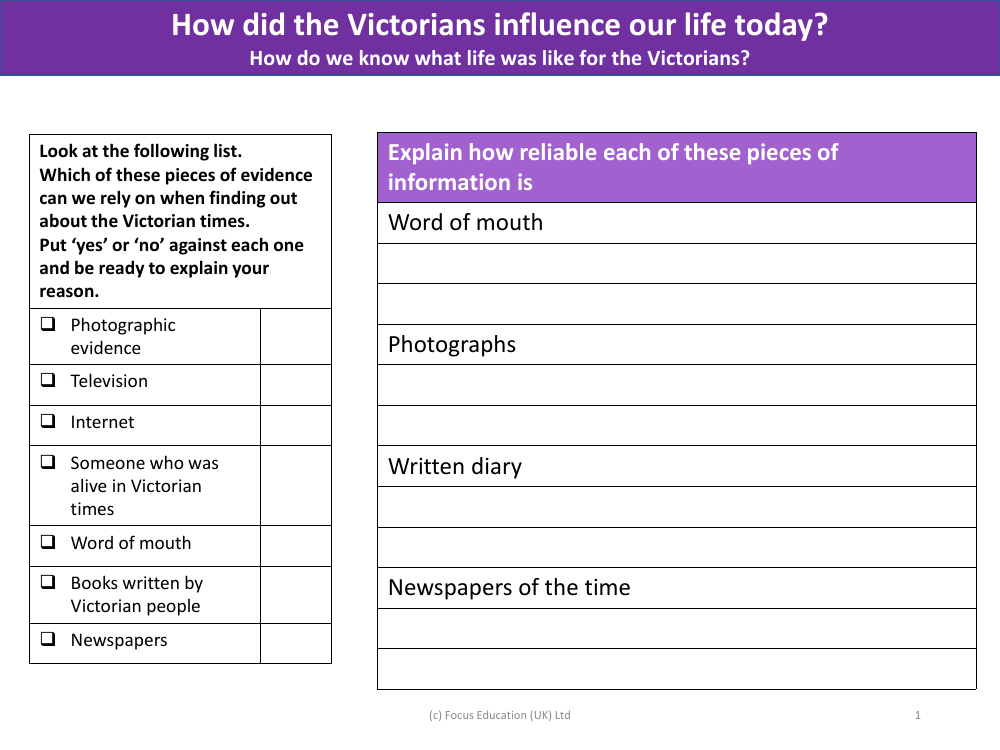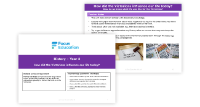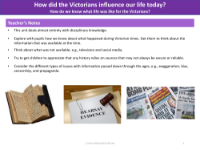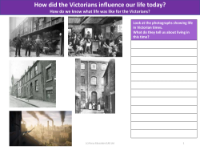How reliable are different types of information? - Victorians

History Resource Description
When investigating the Victorian era, the reliability of sources is crucial for an accurate understanding of the period. Photographic evidence from the time is generally considered reliable as it provides a visual snapshot of life, architecture, and events, assuming the photos have not been altered or staged. Television programmes about the Victorians can vary in reliability; documentaries that cite primary sources are often trustworthy, while historical dramas might take artistic liberties. The Internet is a vast resource but requires careful scrutiny to ensure information is sourced from credible, academic, or reputable sites.
Speaking with someone who was alive during the Victorian era is not possible, as it concluded in 1901. Word of mouth, or oral history, can be insightful but is often subject to personal bias and the distortion of memories over time. Books written by Victorian people can be highly reliable, offering first-hand accounts of the era, provided the authors' perspectives and potential biases are considered. Newspapers from the time can also be reliable; however, they may reflect the political or social leanings of their publishers. When evaluating the reliability of these sources, it's essential to consider the context in which they were created, their purpose, and any potential biases they may have.
As for the influence of the Victorians on our life today, their impact can be seen in various aspects such as architecture, literature, industrial advancements, and social reforms. We know what life was like for the Victorians through an array of primary sources like diaries, letters, government records, and through the analysis of secondary sources by historians.



